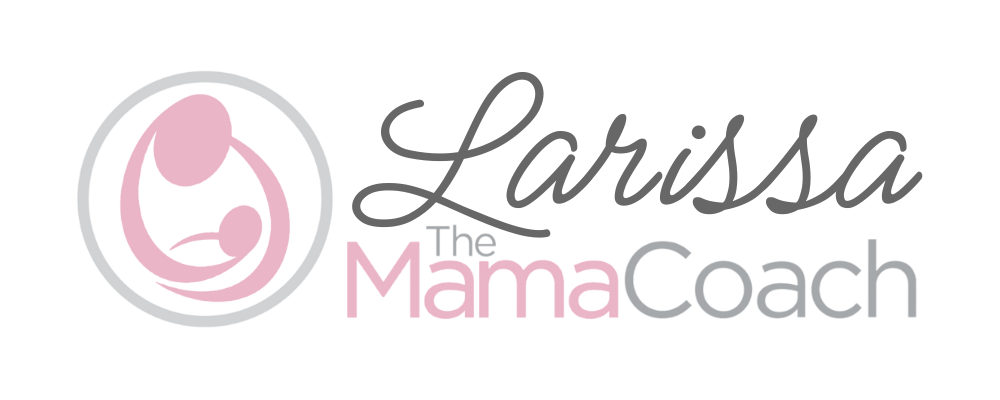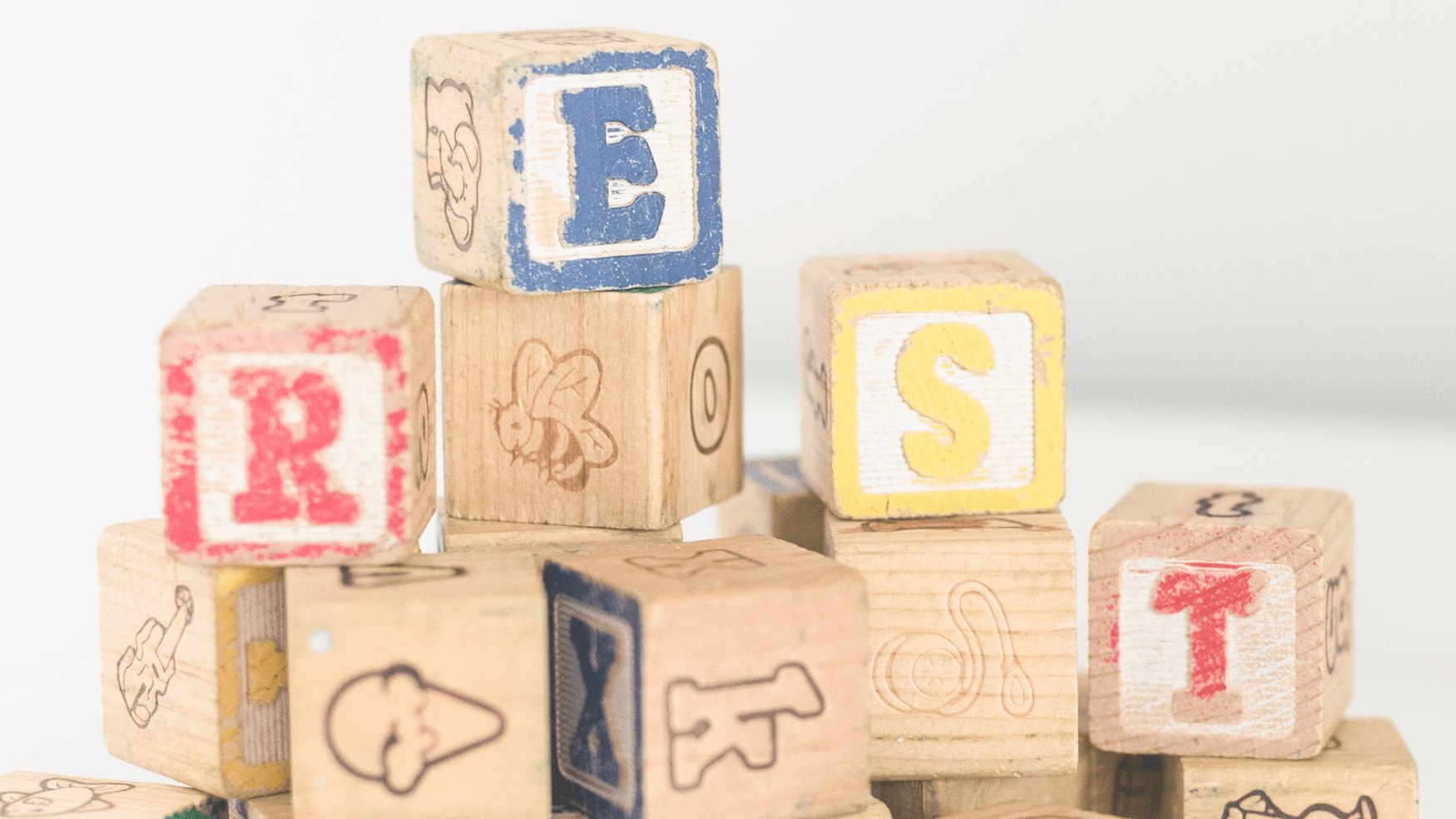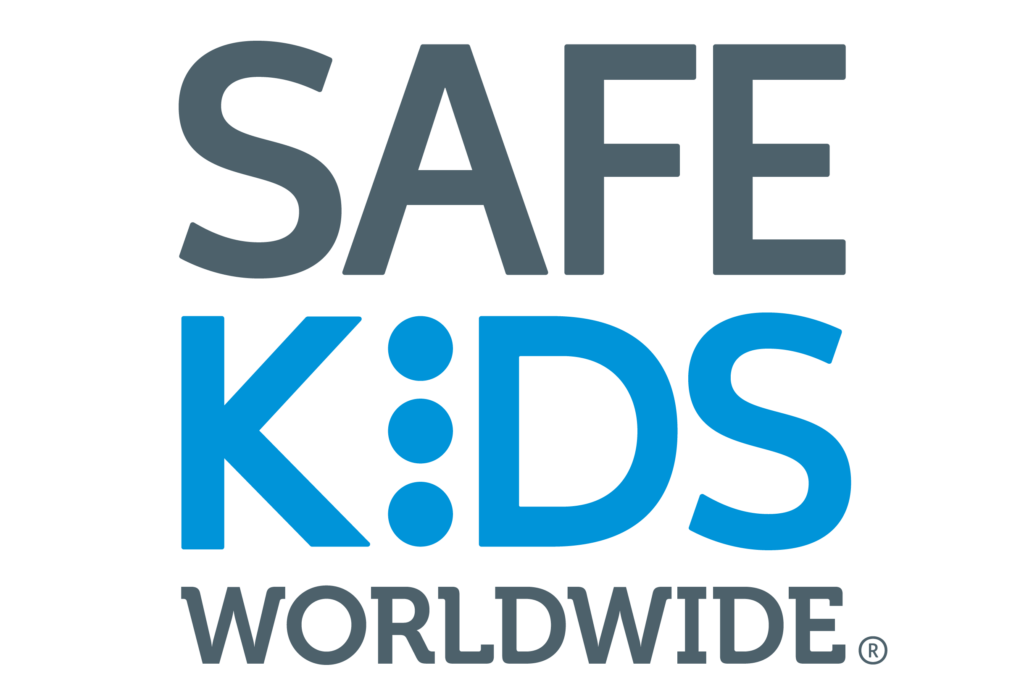Most often, bottle refusal happens when a breastfed baby older than 2 to 3 months is not used to a bottle (due to it not being offered regularly in the 4-6 weeks of life). Bottle refusal can also happen seemingly out of nowhere, even if your infant was previously taking a bottle on a regular basis with no issue.
Recommended Products
Bottle refusal can be very stressful, especially if you must be separated from your baby for work. When choosing what bottle to offer your baby, soft, shoulder-less nipples that gradually transition from tip to base help maintain a wide, open latch. It can also be helpful to offer your baby teethers with “arms” to help them map out their mouth and improve oral skills. Click here to view my recommended products for bottle refusal.
Here are some strategies to try when addressing bottle refusal:
- When working to overcome bottle refusal, practice with just the nipple and collar. Take any breastmilk or formula out of the equation. Practicing this way allows a baby to get confident in the skill of sucking on a bottle without worrying about the variable of swallowing the liquid.
- When you’re offering the bottle, make sure you’re not placing the nipple onto their tongue. This will initiate the tongue-thrust reflex, which is a protective mechanism to prevent choking. When this reflex is activated, infants will push the tongue (and thus the bottle) out of their mouth, making it seem like they are refusing the bottle. Instead, tickle the bottle nipple to their top lip, aiming the nipple up with the collar touching their chin. Wait for them to open wide, then flip the nipple into their mouth, bypassing the tongue, and gently touching the bottle to the roof of their mouth. This will activate the sucking reflex.
- Practice frequently with the bottle nipple, but don’t make each attempt a drawn-out battle. Meaning, try for a few minutes a few times a day. Continue the practice session as long as your baby is content. If they’re unhappy, move on. If it’s been a huge battle, and you feel like your baby is averse to the bottle nipple, take a break for a few days and then retry.
- Don’t be afraid to have the breastfeeding parent offer the bottle or practice with the nipple. Your baby already has a feeding relationship with the breastfeeding parent and trust associated with feeding is already established. Each baby is different and they can sometimes be particular! For certain infants, having someone other than the breastfeeding parent offer the bottle can help. In this case, the breastfeeding parent may need to be out of the house. Try both options and see which one your baby prefers.
- Once your baby is confident with sucking on just the bottle nipple, add a small amount of breastmilk or formula to the bottle. If your baby is refusing the milk at room temperature, try warming it to body temperature (98°F / 37°C) as this is the temperature of breastmilk when your baby is nursing. Always test the temperature on your inner wrist prior to offering it to your baby.
- Some infants have no problem going between formula and breastmilk and some do. If you offer formula and your baby refuses but will drink breastmilk, try again only this time offer ¾ pumped breastmilk and ¼ formula. Gradually increase the amount of formula as your baby tolerates it. Do not add powdered formula to breast milk. Prepare the formula first with water as directed, and then combine it with breastmilk.
- Use the hug position (see image below) and/or skin-to-skin during the bottle feed. Try to mimic the closeness and secure feelings of breastfeeding by keeping your baby close to you while offering the bottle. This position also provides lots of sensory input, which can help with regulation. To do this, keep your baby at an upright angle, and wrap their arm closest to you under your arm and around your back. This almost puts them in the belly-to-belly position that is optimal for breastfeeding.
- Some infants who refuse a bottle will skip right to a cup. If your baby is over five to six months old, you can practice using a straw cup and you may be able to skip the bottle completely. Pro tip: start with a straw cup that has no leak-proof valve when your baby is first learning. The simpler, the better! A favorite for working on straw-drinking skills is the Honey Bear Cup. This cup is squeezable, so it’s easier to teach a baby to drink from a straw.
- If your baby accepts the bottle initially but then gets frustrated after only drinking a small amount, try a faster-flow nipple. They may be used to a quicker letdown from you than they are getting with the bottle flow.
- Try to remain calm when offering the bottle. Babies can sense and absorb our stress. They look to their parents for cues. I understand this can be so stressful! But if you are in a panic your baby will be as well. If the feeding adult can stay emotionally regulated, there is more of a chance that your baby will stay calm as well.
- Another strategy to try is the “bait and switch”. Set yourself up with your infant like you are going to breastfeed. In the same spot and position as you normally would. Then, offer the bottle instead of the breast. Or, allow them to latch for a short time, then offer the bottle. This can work because the baby is primed and mentally ready for feeding. Don’t overdo it with this strategy — try it a few times and move on if it’s not working. We don’t want to create a feeding aversion.
You may have heard the advice “if they’re hungry enough, they will drink from the bottle.” However, I do not recommend withholding milk from a hungry baby! If your infant is refusing the bottle but they are due for a feeding, pause a few minutes between trying the bottle and offering the breast. Take a 5-10 minute break by walking the baby around or doing something else they enjoy, then offer the breast. This way breastfeeding is not immediately associated with bottle refusal.
If you have tried absolutely everything and nothing is working, and you need your baby to take a bottle because you will be separated from them, they can be fed with syringes or a small open cup. This takes time, but it’s better than nothing! And these are hopefully temporary solutions to employ while your baby learns to accept the bottle.











